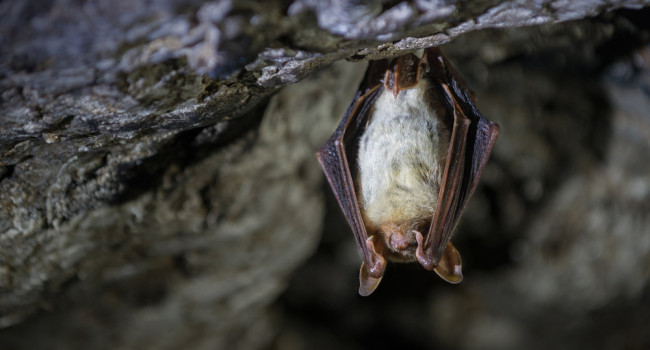Introducing a common taxonomy to support learning from failure in conservation

Author(s): Dickson, I., Butchart, S.H.M., Catalano, A., Gibbons, D., Jones, J.P.G., Lee-Brooks, K., Oldfield, T., Noble, D., Paterson, S., Roy, S., Semelin, J., Tinsley-Marshall, T., Trevelyan, R., Wauchope, H., Wicander, S. & Sutherland, W.J.
Published: June 2022 Pages: 15pp
Journal: Conservation Biology Volume: 37
Article No.: e13967
Digital Identifier No. (DOI): 10.1111/cobi.13967
Abstract
Although some sectors have made significant progress in learning from failure, there is currently limited consensus on how a similar transition could best be achieved in conservation and what is required to facilitate this. One of the key enabling conditions for other sectors is a widely accepted and standardized classification system for identifying and analyzing root causes of failure. We devised a comprehensive taxonomy of root causes of failure affecting conservation projects. To develop this, we solicited examples of real-life conservation efforts that were deemed to have failed in some way, identified their underlying root causes of failure, and used these to develop a generic, 3-tier taxonomy of the ways in which projects fail, at the top of which are 6 overarching cause categories that are further divided into midlevel cause categories and specific root causes. We tested the taxonomy by asking conservation practitioners to use it to classify the causes of failure for conservation efforts they had been involved in. No significant gaps or redundancies were identified during this testing phase. We then analyzed the frequency that particular root causes were encountered by projects within this test sample, which suggested that some root causes were more likely
to be encountered than others and that a small number of root causes were more likely to be encountered by projects implementing particular types of conservation action. Our taxonomy could be used to improve identification, analysis, and subsequent learning from failed conservation efforts, address some of the barriers that currently limit the ability of conservation practitioners to learn from failure, and contribute to establishing an effective culture of learning from failure within conservation.
to be encountered than others and that a small number of root causes were more likely to be encountered by projects implementing particular types of conservation action. Our taxonomy could be used to improve identification, analysis, and subsequent learning from failed conservation efforts, address some of the barriers that currently limit the ability of conservation practitioners to learn from failure, and contribute to establishing an effective culture of learning from failure within conservation.
Notes
This work was funded by the CCI Collaborative Fund: Arcadia—a charitable fund of Lisbet Rausing and Peter Baldwin, the Rothschild Foundation, the A.G. Leventis Foundation, the Isaac Newton Trust, and the Prince Albert II of Monaco Foundation.Staff Author(s)







Share this page